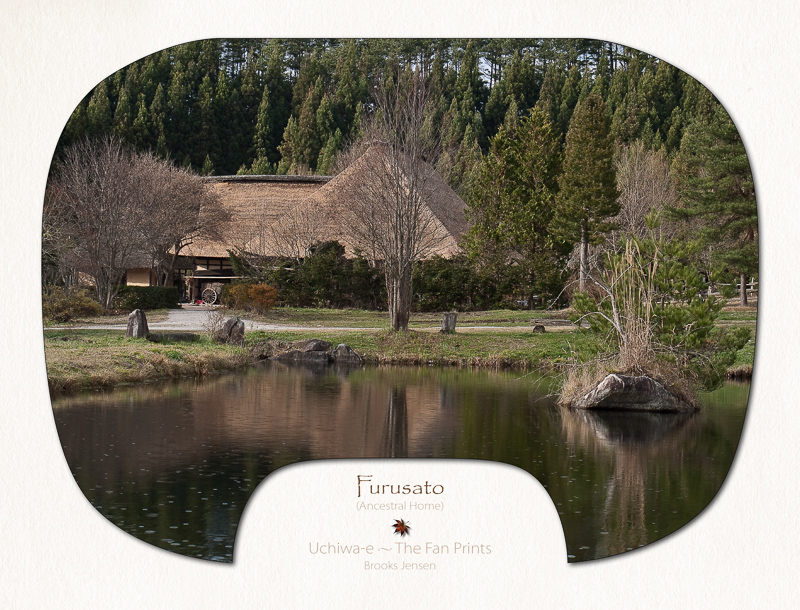Every Picture Is a Compromise
Lessons from the Also-rans
Most photography websites show the photographer's very best work. Wonderful. But that's not the full story of a creative life. If we want to learn, we'd better pay attention to the images that aren't "greatest hits" and see what lessons they have to offer. Every picture is a compromise — the sum of its parts, optical, technical, visual, emotional, and even cosmic – well, maybe not cosmic, but sometimes spiritual. Success on all fronts is rare. It's ok to learn from those that are not our best.
This is a series about my also-rans, some of which I've been able to improve at bit (i.e., "best effort"), none of which I would consider my best. With each there are lessons worth sharing, so I will.

Previous image | Next image |
Original digital capture

Ways of Seeing - Japan Edition
If properly engineered and manufactured, cameras are perfect optical copy machines. They are not, not ever, artists. That is left for us humans. This week, we'll look at various ways of interpreting Japan as have been developed for various of my projects — particularly how I've processed the images in ways other than a "straight shot."
What I saw that I liked:
This is from an historic village that preserves the life of rural communities in northern Japan.
What I don't like in the picture:
The straight image above is okay, but nothing special.
What I learned:
This is one of the scenes I used in my project of 60 images using the fan shape of a Japanese uchiwa-e, a paddle fan image printed as a woodblock print. I made a cutout in this shape and glued it to the LCD screen of my digital camera to compose photographs in the uchiwa shape. I then used this graphic as a template to modify the shape of the captured image from a standard rectangle to this curved fan shape. |
|


